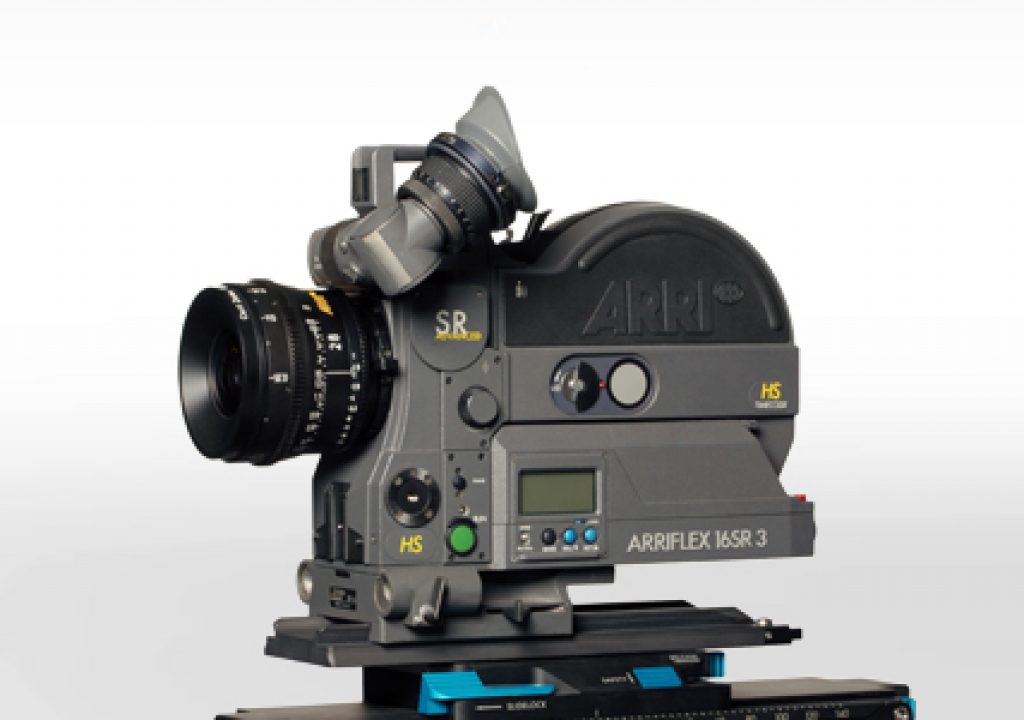It’s no understatement, the Blackmagic URSA is a “husky” camera. Some could even say it needs to go on a diet, but should all those extra pounds keep you from shooting with it, absolutely not.
16.52 LBS
PERSPECTIVE
Second, do not carry a camera from scene to scene with your bare hands. Work smarter, not harder. When I was in my 20s I rock-climbed a lot, I mean alot, so I was always working on my hand grip. Part of working out my grip was to shoot without a camera shoulder strap. This meant I had to carry my tripod and camera in my hands no matter the distance I needed to travel on foot. It did not make me a better shooter. If anything, it made me tired and my shooting suffered. My rock-climbing though, that rocked. Pun intended. Get yourself a case with wheels. Port-a-brace makes a great soft case for the URSA, or you can pick-up a pelican case.
When my buddy, Nathan, and I shoot with the URSA at NAB 2015, we used a pelican 1510 for the camera, and a second pelican 1510 for lenses and microphones. We wheeled those around the whole time and we had energy to spare. Work smarter, not harder.
If you’re going to shoulder this camera you’re going to need a good strong set of hand-grips. I can obsess about hand-grips because a bad hand-grip can turn into sloppy camera operation. If you go with something cheap you can end up tetter-tottering your camera left and right, which is especially true if you’re grabbing/letting go when you’re focusing with your left hand. For rod mounted grips get a mount that uses both rods and not a single rod. If you attach a hand-grip to one single rod the weight of the URSA will torque it, or you can bend an aluminum rod. By the way, I’ve bent a rod, lesson learned. Better yet, Blackmagic makes a hand-held accessory kit sporting Arri rosettes. I go with the rosettes and a kinogrip wood hand grip. What can I say, I like a comfortable grip.
SHOULDER PAD
What I like about the port-a-brace shoulder pad, no need to add a piece of wood to the bottom of the camera. With the portabrace shoulder pad it appears you can add longer than needed accessory rods and slip the portabrace over these rod ends. The difference here is the portabrace option might not be as quick as the velcro fix. Plus, this shoulder pad looks to be a touch too tall for me. With both of these options, you have to carry a shoulder pad around with you.
The last shoulder pad option is no shoulder pad. I shoot this way the most. It’s the old news cameraman in me. I use my tripod or slider and only go hand-held for short bursts. But, I’m not shooting entire dramatic scenes or reality tv for hours on end. If I was, I’d likely be more worried about my comfort to ensure I can shoot longer and better.

